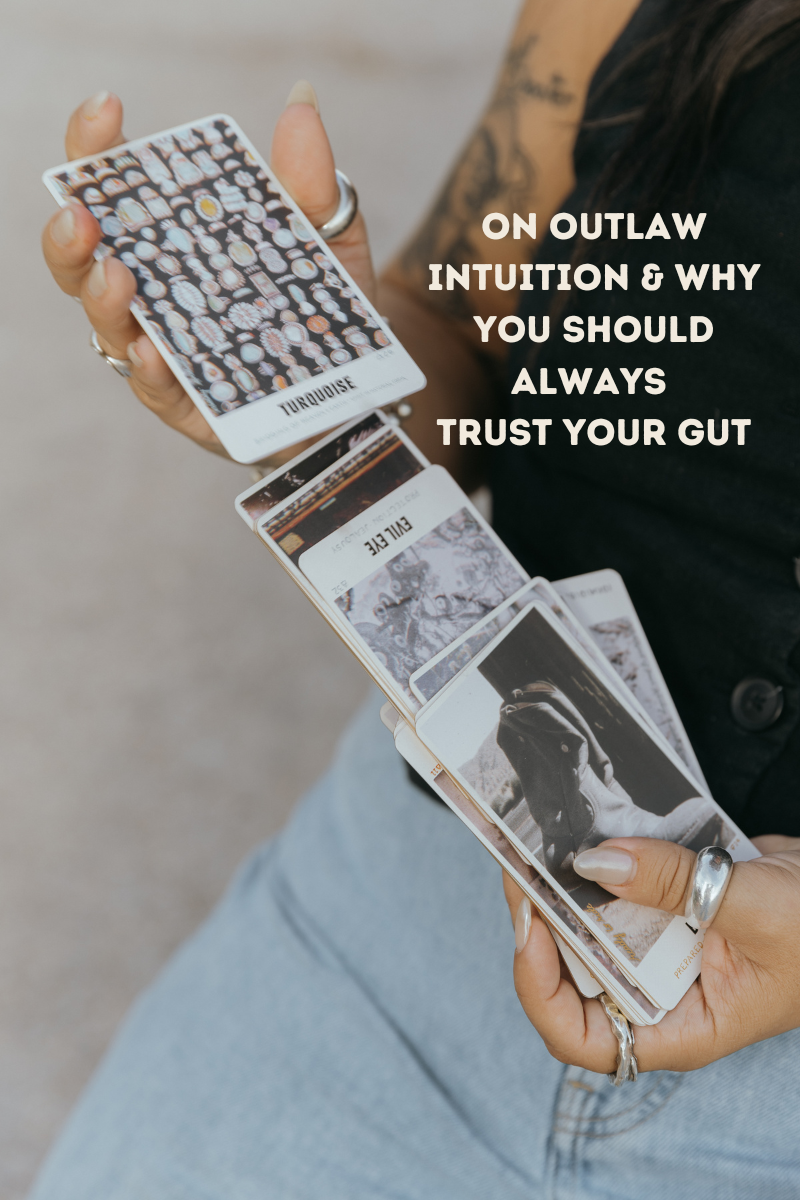The Difference Between Tarot & Oracle Decks: A Complete Guide

For those beginning their journey into cartomancy, one of the first questions that often arises is understanding the difference between Tarot and Oracle decks. While both serve as powerful tools for divination and self-reflection, they each possess unique characteristics and approaches. Let's explore these differences and help you decide which might be right for your practice.
Tarot: The Traditional Structure
Tarot decks follow a specific structure that has been preserved for centuries. A traditional Tarot deck consists of 78 cards divided into two main sections:
- The Major Arcana: 22 cards representing life's major spiritual lessons and archetypal forces
- The Minor Arcana: 56 cards divided into four suits (Wands, Cups, Swords, and Pentacles), each containing ten numbered cards and four court cards
This standardized structure means that whether you're using a Rider-Waite-Smith deck or a modern artistic interpretation, the core symbolism and numerical systems remain consistent.
Oracle: Freedom in Design
Oracle decks, by contrast, are freed from traditional constraints. Here's what makes them unique:
- No fixed number of cards
- No predetermined structure or suits
- Each deck creator determines their own symbolism
- Messages are often more direct and straightforward
- Themes can range from angels to animals, crystals to cosmic forces
Key Differences at a Glance
Learning Curve
- Tarot: Requires more initial study due to its complex system of meanings and interactions
- Oracle: Generally more intuitive and accessible for beginners
Reading Style
- Tarot: Offers detailed narratives and nuanced interpretations
- Oracle: Provides clear, direct messages and affirmations
Flexibility
- Tarot: Follows established symbolism and meanings
- Oracle: Allows for more personal interpretation and connection
Which Should You Choose?
The choice between Tarot and Oracle often comes down to personal preference and intended use:
Consider Tarot if you:
- Enjoy learning structured systems
- Want to connect with traditional symbolism
- Prefer detailed, nuanced readings
- Are interested in psychological archetypes
Consider Oracle if you:
- Prefer intuitive readings
- Want straightforward messages
- Like variety in artwork and themes
- Are drawn to specific spiritual or natural themes
Using Both Together
Many readers find value in combining both Tarot and Oracle decks. Oracle cards can complement Tarot readings by:
- Providing clarifying messages
- Offering additional guidance
- Adding specific themed insight
- Creating more layered interpretations
Final Thoughts
Whether you choose Tarot, Oracle, or both, remember that these are tools for accessing your own intuition and wisdom. The best deck is the one that resonates with you personally and supports your spiritual practice.
Both Tarot and Oracle decks offer unique advantages, and there's no wrong choice. Many practitioners find that starting with Oracle cards helps build confidence before diving into Tarot's more complex system. Others prefer to begin with Tarot's structured approach. Trust your intuition to guide you toward the right choice for your journey.
Ready to explore the world of cartomancy? Browse our collection in The Outlaw Oracle shop, where you can learn the Complex Language of Tarot with our Honky Tonk Tarot Coloring / Workbook - or grab a copy of The Outlaw Oracle 44-card deck and guidebook.






